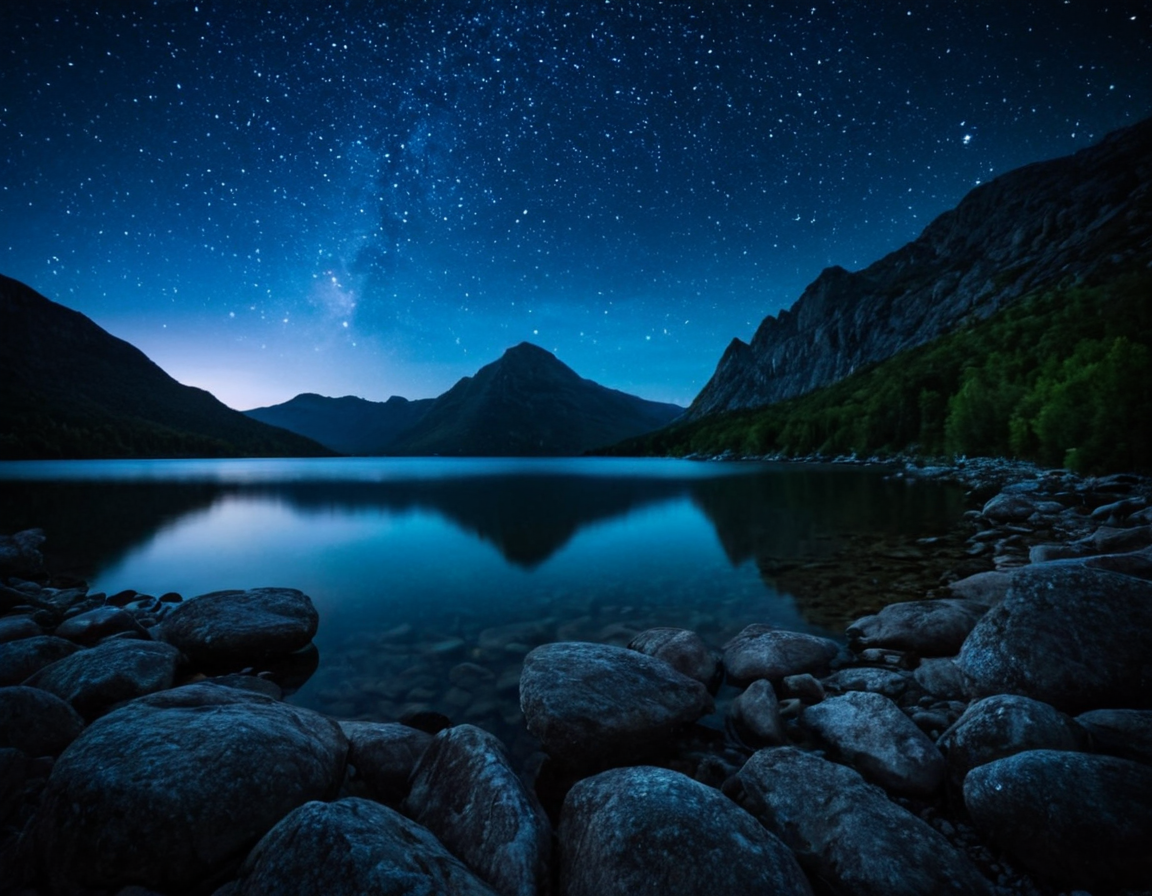Stunning Night Landscape Photos: Essential Tips

Introduction to Captivating Nighttime Landscapes
As the sun sets, many photographers find themselves drawn to the allure of capturing stunning nighttime landscapes. The prospect of witnessing the world transform into a serene and mystical realm can be a powerful motivator for artistic expression. However, this endeavor requires careful planning, technical expertise, and an understanding of the unique challenges that come with shooting in low light conditions.
This article aims to provide a comprehensive guide on how to shoot breathtaking nighttime landscapes, focusing on the essential techniques, equipment, and considerations necessary to produce high-quality images. We will delve into the world of astrophotography, exploring the intricacies involved in capturing celestial bodies, and discuss practical methods for mitigating common pitfalls.
Understanding Nighttime Landscape Photography
Before we dive into the nitty-gritty of technicalities, it’s crucial to grasp the fundamental principles behind nighttime landscape photography. This genre of photography requires a deep understanding of the subject matter, as well as an appreciation for the ever-changing environment.
- Familiarize yourself with local regulations regarding nighttime photography, particularly if you’re planning to shoot in protected areas or national parks.
- Research the best times and dates for capturing specific celestial events, such as planetary alignments or meteor showers.
- Develop a keen eye for composition, taking into account the interplay between light, color, and texture.
Essential Equipment
While it’s possible to produce stunning nighttime landscapes with basic equipment, investing in specialized gear can greatly enhance your capabilities. Some key items to consider include:
- A full-frame camera body or a high-quality mirrorless setup
- A wide-angle lens (between 10-24mm) capable of capturing the vast expanses required for landscape photography
- A tripod and head designed for low-light applications
- Image stabilization systems, such as gyroscopes or optical steadycams
Mitigating Common Pitfalls
Even with the most advanced equipment, shooting in low light conditions can be challenging. Be aware of the following common pitfalls and take steps to mitigate them:
- Camera settings: Avoid using high ISOs (above 400) unless absolutely necessary, as this can introduce noise and degrade image quality.
- Lens choice: Select lenses with a wide aperture (e.g., f/1.4 or wider) to allow more light into the camera.
- Interval shooting: Utilize interval shooting techniques to capture multiple images at set intervals, allowing for post-processing adjustments.
Astrophotography Considerations
Capturing celestial bodies requires a different set of skills and knowledge than traditional landscape photography. Be aware of the following essential considerations:
- Star tracking: Use specialized software or apps to track celestial bodies and ensure accurate alignment.
- Interval shooting: Employ interval shooting techniques to capture multiple images of the same scene, allowing for post-processing adjustments.
- Camera settings: Adjust your camera’s white balance, exposure compensation, and focus settings according to the specific requirements of the celestial body being captured.
Conclusion and Call to Action
Capturing stunning nighttime landscapes is an art that demands dedication, patience, and practice. By understanding the essential principles, equipment, and considerations involved in this genre of photography, you’ll be well on your way to producing breathtaking images that showcase the beauty of our world under the night sky.
As you embark on this journey, remember that the pursuit of artistic expression is a lifelong endeavor. The most important thing is to have fun, experiment with new techniques, and continually push yourself to improve.
Will you take up the challenge and capture the magic of nighttime landscapes?
About Amanda Lee
Hi, I'm Amanda Lee, a seasoned photographer and blogger passionate about helping creatives grow their skills. With a background in photo editing software like Lightroom & Photoshop, I share practical tips, tutorials, and inspiration on lentecreativa.com to help photographers elevate their craft.
